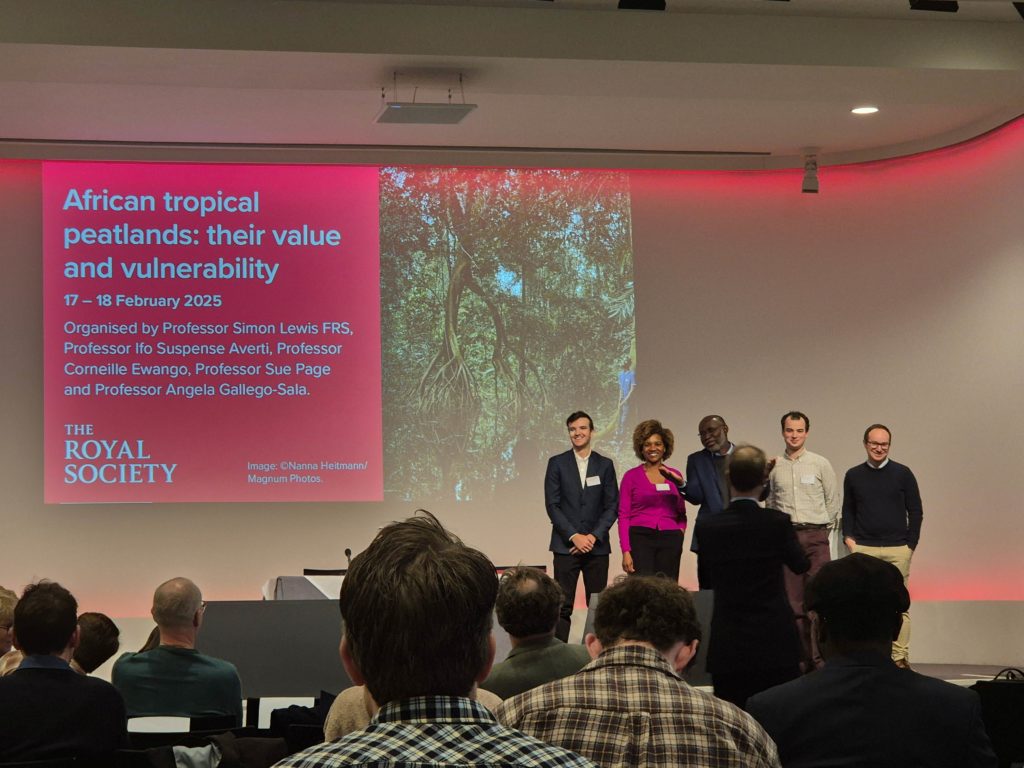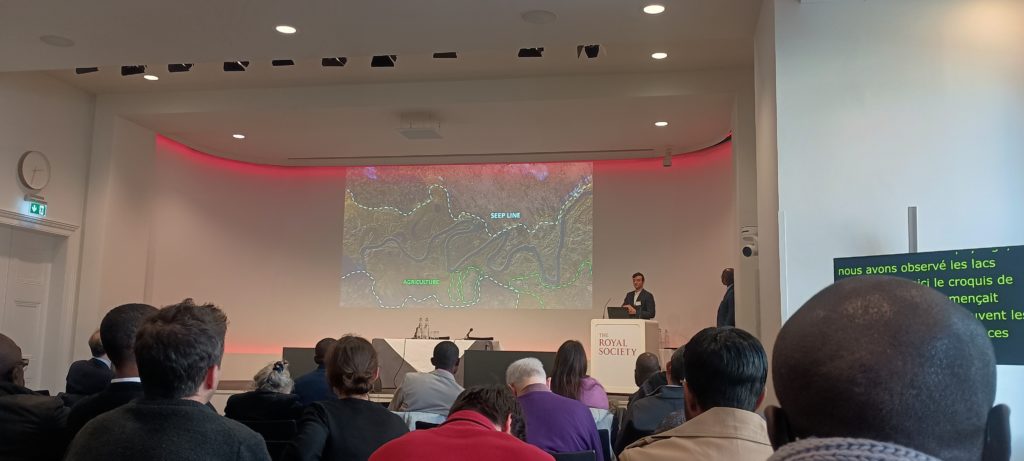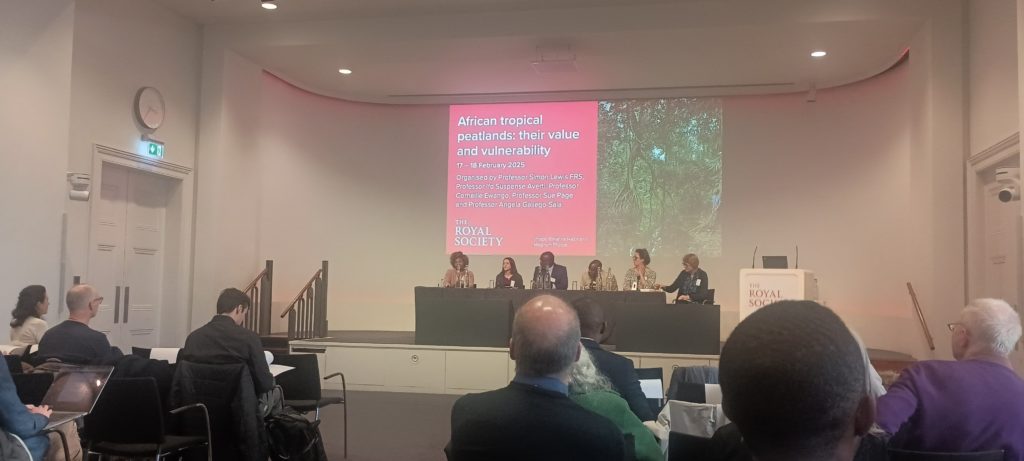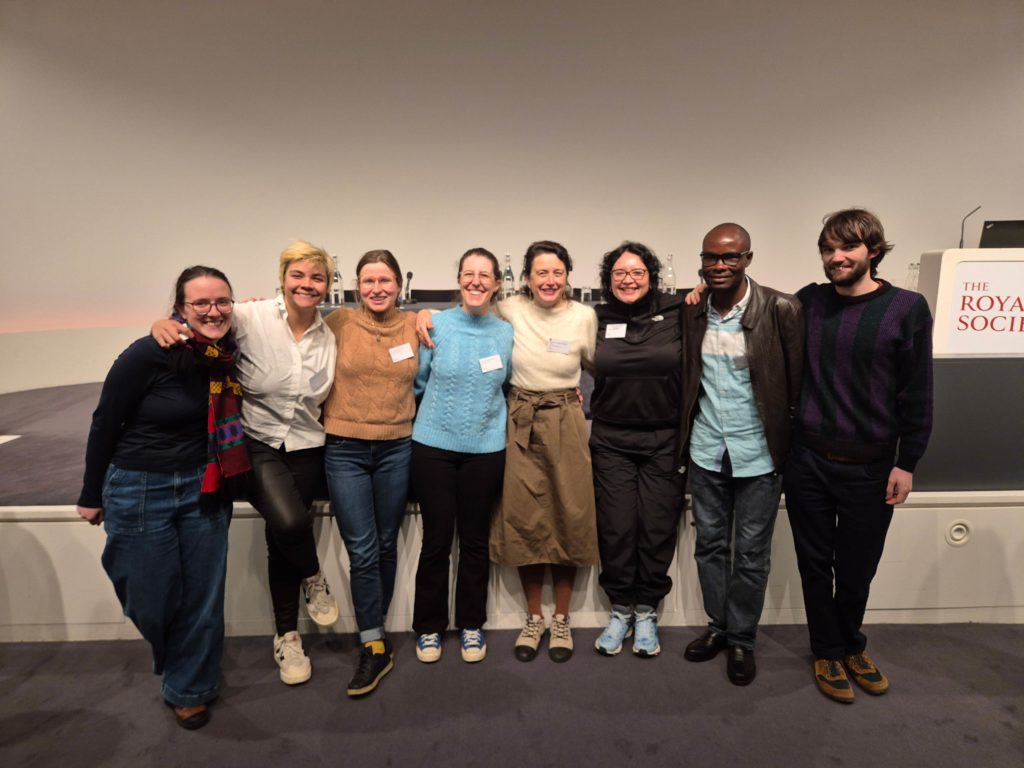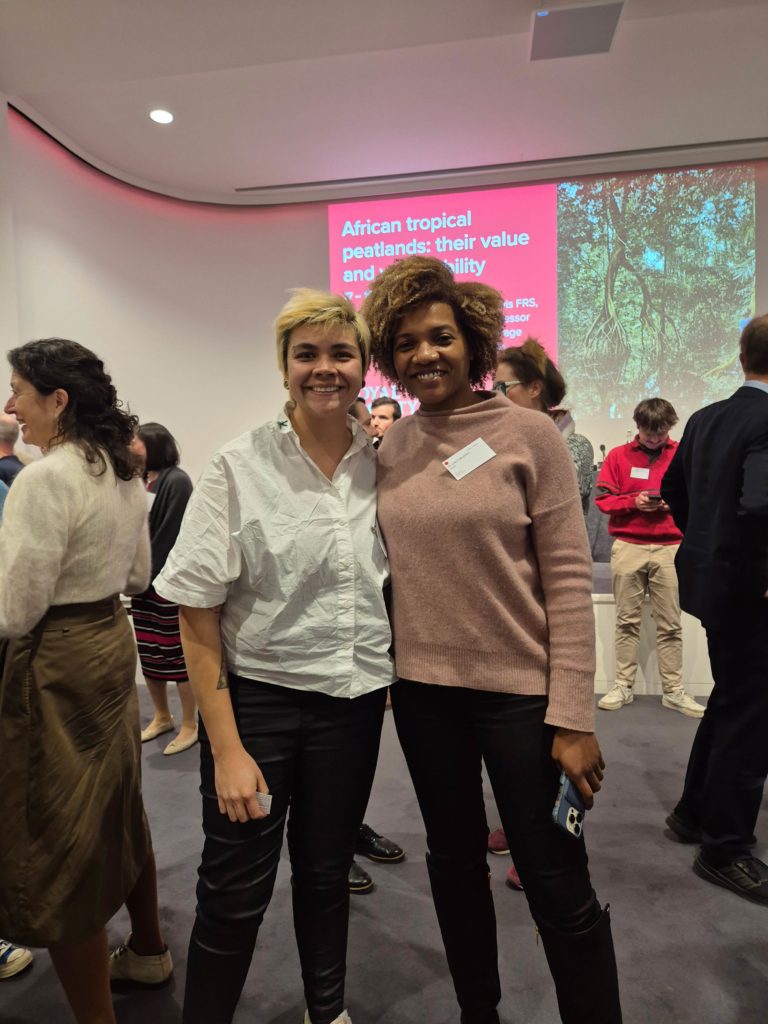TroPeaCC
Tropical Peatlands and the Carbon Cycle
TroPeaCC
Tropical Peatlands and the Carbon Cycle
Posted by ff255
4 March 2025Discussion meeting organised by Professor Simon Lewis FRS, Professor Suspense Averti Ifo, Professor Corneille Ewango, Professor Susan Page and Professor Angela Gallego-Sala.
Tropical peatlands were thought to be rare in Africa. The 2017 mapping of Earth’s largest tropical peatland complex in the central Congo basin changed that view. This Discussion Meeting is the first ever conference on African peatlands, presenting new findings on the ecology, biodiversity, greenhouse gas fluxes, current management, and potential futures of these vulnerable ecosystems.
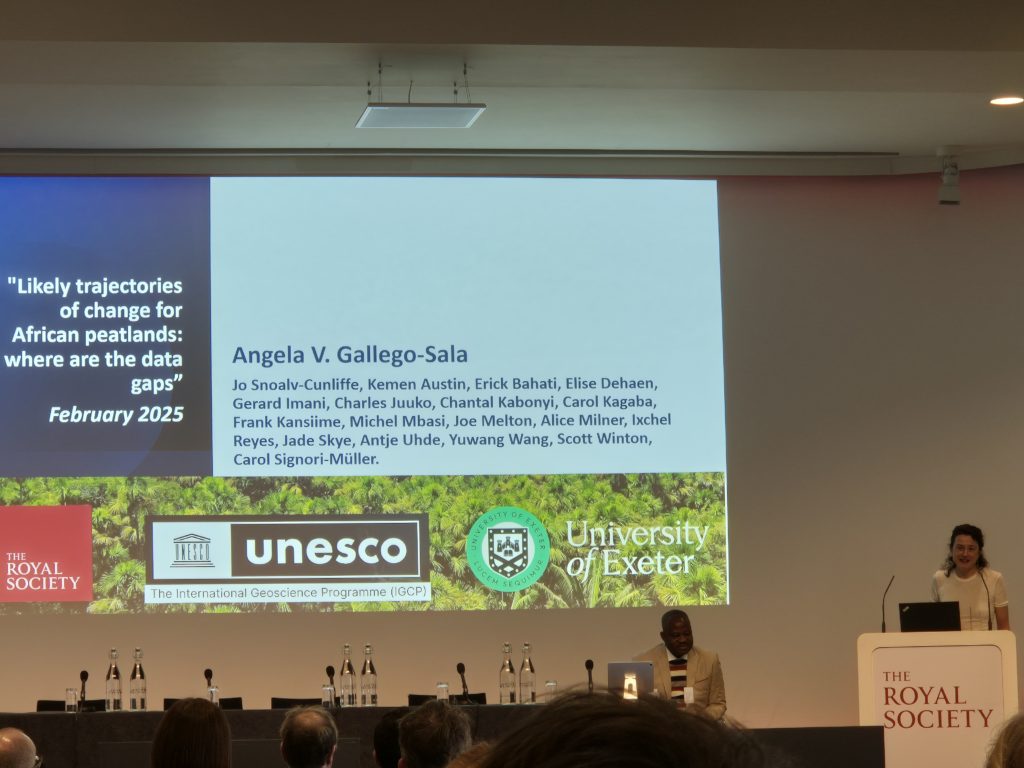
Likely trajectories of change for African peatlands: where are the data gaps
African peatlands span from the small peatlands found in the Morrocain Atlas mountains in the North of the continent all the way to the peatlands lying on the Southern and Eastern coastlines of South Africa, including the vast expanses in the Congo basin, the peatlands of the Nile basin and of the Niger delta. Because of this geographical diversity, African peatlands host an enormous variety of peatland types and vegetation spanning a wide range of climatic conditions. These peatlands occur in areas of varying aridity and they are important for the livelihoods of populations that live near them, providing water, food (agriculture and fishing) and energy. The latest estimates suggest African peatlands cover more than 32 million hectares of which ca. 1,4 million ha are currently used for agriculture (FAO). In spite of their importance, both in terms of biodiversity, carbon stocks and livelihoods, African peatlands remain understudied. Here we provide an overview of global peatland monitoring and research and we highlight knowledge gaps in African peatland science, suggesting remaining questions and opportunities for research.

